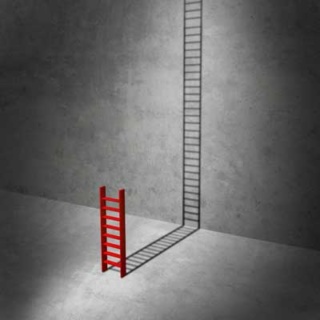The Path of the Ten Virtues – Part III
Continued from The Path of the Ten Virtues – Part II As we continue on the path of the ten virtues, I feel inclined to once again remind the reader that these are not spiritual or moral codes, but rather paths of energy that one explores by living and practicing them. They are of no value whatsoever as mere intellectual concepts. Their value can only be experienced by the individual who has the courage, curiosity and tenacity to live and practice them for a period of time—I suggest one month. If they have no value to you after practicing them for a month, then drop them and adopt practices that do have value for you. However, if you do find that they have immense value, as I have found they do, then incorporate them into your daily life as practices worthy of your time. […]






